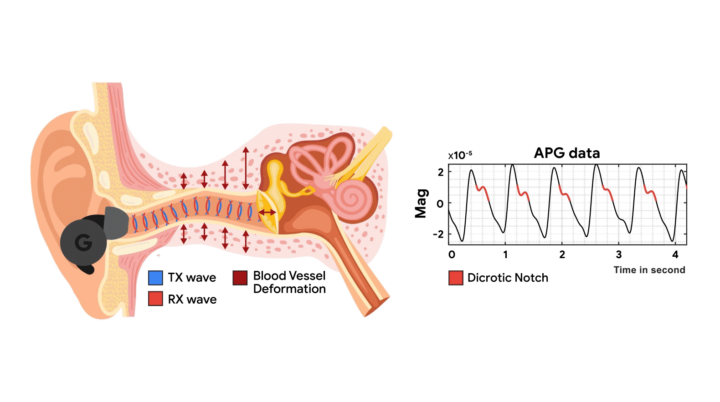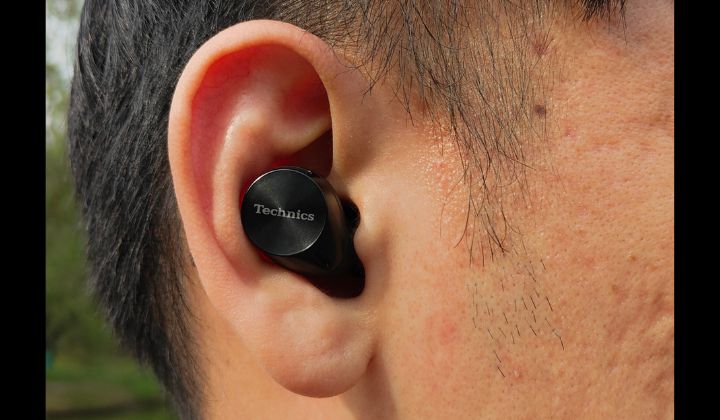A couple of days ago, Google published its research on audioplethysmography (APG), which enhances the heart rate sensing capabilities of active noise-cancelling (ANC) headphones and earbuds through a straightforward software update.
Google emphasises that the ear canal, given the intricate network of smaller vessels in the deep ear artery, is an ideal location for health sensing.
This audioplethysmography technique involves transmitting a low-intensity ultrasound probing signal through the speakers of ANC headphones.

These signals generate echoes, which are captured by on-board feedback microphones. The displacement of the tiny ear canal skin and the vibrations caused by the heartbeat modulate these ultrasound echoes.
Google has developed a model to process this feedback, providing heart rate readings and heart rate variability (HRV) measurements. Remarkably, this method remains effective even when music is playing and there are suboptimal earbud seals.
However, it can be affected by body motion, prompting Google to introduce a multi-tone approach for calibration, identifying the most suitable frequency for accurate heart rate measurement.
Google conducted two sets of studies involving 153 participants, which demonstrated that APG consistently delivers accurate heart rate measurements (with a median error of 3.21% across participants in all activity scenarios) and heart rate variability (with a median error of 2.70% in inter-beat intervals).
In contrast to existing heart rate sensors, APG is not influenced by skin tones, ear canal size, or suboptimal seal conditions.
Google asserts that this approach is superior to integrating traditional photoplethysmograms (PPG) and electrocardiograms (ECG) sensors, along with a microcontroller, into headphones or earbuds.
This traditional sensor arrangement adds costs, weight, power consumption, acoustic design complexity, and form factor challenges to hearables, acting as a significant barrier to widespread adoption.
Google concludes by highlighting that APG can transform any true wireless stereo (TWS) ANC headphones into smart sensing headphones with a simple software update, and it performs reliably across various user activities. The sensing carrier signal remains inaudible and is not affected by the presence of music.
Furthermore, APG represents a significant advancement in biomedical and mobile research, opening up new opportunities for cost-effective health sensing.










